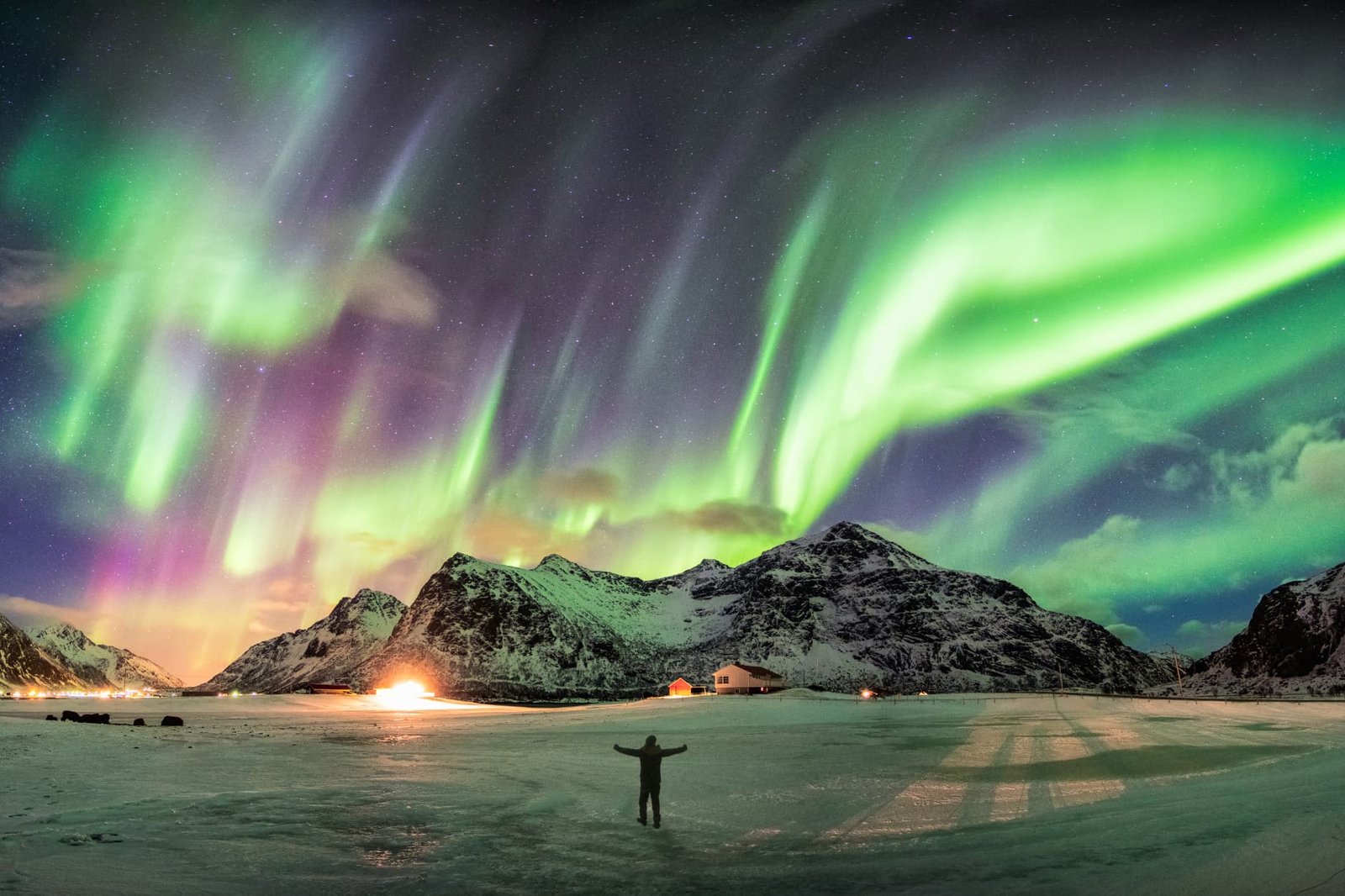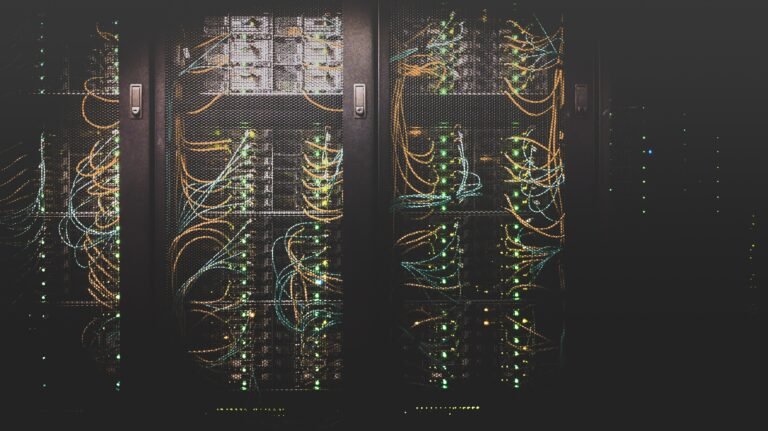Each time I scroll through my social media feed brimming with breath-taking images of vibrant colors piercing through the pitch-dark sky, there is one spectacle that never fails to captivate and enchant me – the Northern Lights or Aurora Borealis.
If you, too, are hypnotized by these celestial curtains of pigmented light, join me as we embark on a journey to understand the science, myths, best places, and optimal times to view this natural phenomenon.
Aurora Borealis: Mysteries wrapped in Colors
The Northern Lights, often referred to as Aurora Borealis, are dazzling displays of vibrant colors strewn across the sky. But what exactly are they?
In the simplest terms, the Northern Lights are the result of collisions between gaseous particles in the Earth’s atmosphere with charged particles released from the sun’s atmosphere.
The various colors are a result of the type of gas particles that are colliding. The most common auroral color, a pale yellowish-green, is produced by oxygen molecules located about 60 miles above Earth. Rare, all-red auroras are produced by high-altitude oxygen, at heights of up to 200 miles. Nitrogen produces blue or purplish-red aurora.
Legends and Folklore: A Glimpse into the Past
As scientifically fascinating as the Northern Lights phenomenon is, it’ll be a miss to not delve into the plethora of legends and folklore tied with it. Different cultures have revered, feared, and created strikingly imaginative tales about these mysterious lights in the sky.
The Vikings and the Valkyries
Ancient Vikings believed that the lights were the glow from the shields and armor of the Valkyries, female warriors who chose those who may die in battle and those who may live.
The Dancing Spirits
The indigenous Sami people in Scandinavia interpreted the Northern Lights as the energies of the souls of departed people. They even had a belief that if you whistled under the Northern Lights, you would summon the spirits, causing them to come closer.
Despite the varied folklore and the common threads of awe and reverence weaved within, modern explanations of the Northern Lights phenomenon are no less magical!
Best Time to Witness the Northern Lights: Nature’s Play at Its Best
Timing is everything when it comes to viewing the Northern Lights, and a couple of factors play a crucial role in this. Firstly, since the lights are most active around the poles, the winter months from September to March are generally the best time to catch this stunning spectacle. This is because nights are longer, and dark skies are essential for a good view.
San Francisco-based Mark, an avid traveler who has been chasing the Northern Lights for years, quotes, “Even when conditions are perfect, nature doesn’t march to your drum. Expect to wait. I waited nearly six hours in freezing conditions in Tromso’s outskirts until the sky exploded in colors. But let me tell you, those six hours felt worth every single second when I saw that wonderful light show! Patience and perseverance – that’s what it takes.”
Top Locations to Experience the Splendor
Certain locations around the world offer a premium seat at this awe-inspiring natural couture show. Some of them are:
Norway
Norway is arguably one of the most popular destinations for Northern Lights hunters. Tromsø, in particular, is famous for its frequent and intense displays of the aurora.
Iceland
Iceland’s location on the cusp of the Arctic Circle and its pristine, dark skies make it another terrific Northern Lights destination.
Greenland
Almost all of Greenland lies within the aurora belt, so the country offers consistent Northern Lights experiences.
An Embrace with the Lights: Preparing for the Show
As fascinating a spectacle as the Northern Lights are, witnessing them requires diligent planning and preparation. Here are some points to keep in mind for your Northern Lights journey:
Dress Warmly
Temperatures can drop significantly during the nights in Northern regions. Ensure you have warm, layered clothing along with gloves, hats, and appropriately insulated boots.
Patience Is a Virtue
As Mark mentioned earlier, patience is key when it comes to the Northern Lights. They are a natural phenomenon and thus occur at their own pace.
Darkness Enhances the View
Find spots with as little artificial light as possible. The darker the surroundings, the more vibrant the aurora will appear.
Peering into the Cosmic Ballet: The Northern Lights Experience
Pictures don’t do justice to the intensity and scale of the Northern Lights phenomenon. Having personally lived through this ethereal experience, I can attest to its hypnotizing effect.
As you stand under the expansive night sky, the first strand of green that streaks across takes you by surprise – it seems as if a painter has boldly brushed the sky with luminescent paint. This surprise then morphs into pure awe as more strands start to form – greens, pinks, purples, and whites, each outperforming the other. The bands of colors then begin to dance, twirling about each other in a choreographed ballet that leaves you breathless.
The visual spectacle of the Northern Lights encapsulates an almost unfathomable sense of marvel. One cannot help but realize the vastness of the universe and the comparative insignificance of our everyday struggles.
The Northern Lights: A Dance of Elements
Aurora Borealis or the Northern Lights are beyond a mere visual feast. They symbolize the incredible confluence of elements, energy, and life itself. Witnessing them is a humbling experience that equates to peering into the endless complexities of life and the universe.
As we conclude our journey through the world of the Northern Lights, I invite you to keep exploring, keep inquiring, and, most importantly, keep marveling at life’s infinite wonders. After all, the world is indeed a stage, and the lights – they are nature’s captivating performance.



























